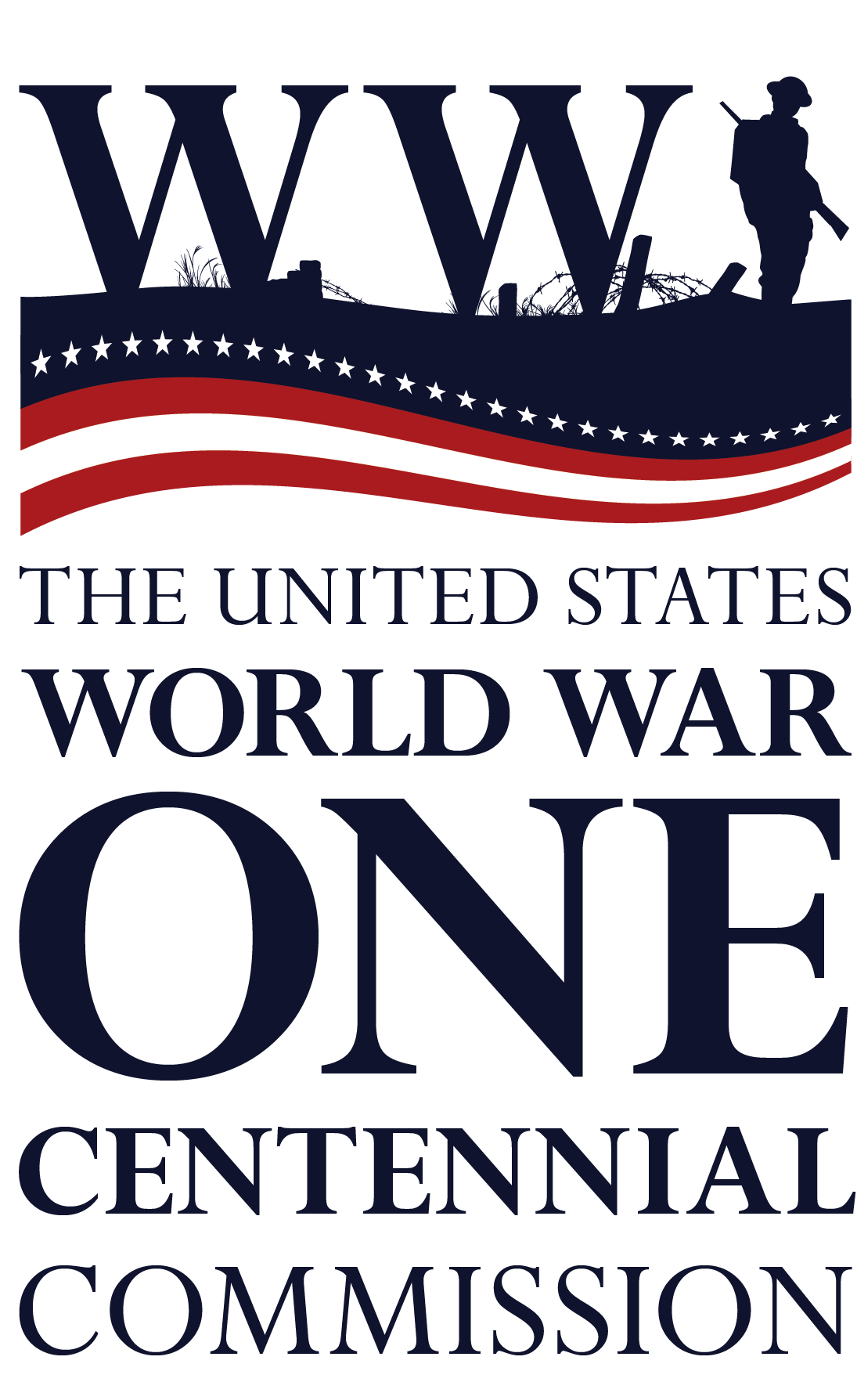Rostellan Castle and demense were once among the best known “pleasure-gardens” in Cork. Through the 19th century it was a popular destination for visitors to the harbour, and was a frequent venue for excursions and concerts, including a fireworks display on the occasion of Queen Victoria’s visit. But in 1866 and 1867 visitors of a different sort made their way from the pier in Aghada across the bridge into Rostellan demesne. There were hundreds of them, and unlike those that had gone before they were not from the upper echelons of Irish society– rather they were amongst the poorest and most underprivileged in the entire county.

The bridge and lodge at Rostellan. The Workhouse children would have crossed here and made their way through the Schoolmaster’s Meadow en-route to Rostellan Castle and gardens. The Castle stood until the 1940s, on a site to the right of the present-day driveway of Aghada GAA Club (Sara Nylund)
On Saturday 17 August 1867, 530 children left Cork City for Rostellan. They had come from the Cork Union Workhouse (now St. Finbarr’s Hospital), and were embarking on a trip to which they had long been looking forward. Boarding the steamer Citizen at Merchant’s Quay a little after 9 o’clock, they were joined by Mr. Steele, master of the house; the matron Mrs. Steele, the school teachers, and Rev. Mr. O’Mahony, the Catholic chaplain. Another stop was scheduled for Glenbrook where the Rev. Dr. Webster, Protestant chaplain and Mr. Mullan, J.P., came aboard. As the steamer made its way across Cork Harbour, the Workhouse Fife-and-Drum band entertained the children on their way to the pier in Aghada. From there they walked to Rostellan, crossing the bridge to enter the demesne of Rostellan Castle, then in the ownership of Dr. T.A. Wise, who had given permission for the children to access the grounds for the day:
…the children were encouraged to amuse themselves in every pleasant way child nature could devise. Some went bathing; some played carious childish games; racing matches were organised…and the winning boys were rewarded…with what in the eyes of workhouse boys were splendid prizes, though consisting only of a few coppers and diminutive silver pieces.
At intervals the band would strike up, accompanied by around 50 of the children who were part of the Workhouse singing class. Among the tunes heard across the demesne were Lily of the Vale, Morning Bells, Come to the Hedgerows and Good News from Home, with the children finishing with God Save the Queen.

An 1867 broadside of “Lily of the Vale”, sung by the Workhouse children in Rostellan (National Library of ScotlandL.C.1269(166b) )
At 2 o’clock a dinner of roast beef, ham and bread was served, after which the children were given the freedom of the grounds until 5. Then they were given tea, coffee and bread before being addressed by the adults with remarks “of an encouraging and hopefully character” and promises of “another and even a better trip soon.”
Leaving Rostellan at 6 o’clock, by 7 the children were back aboard the steamer heading for Cork, receiving a final meal of buns before returning to the Workhouse–and reality– at 9.
The Workhouse officials were true to their word, and only a few months later, on 11 July 1868, the children were once again making their way to Merchant’s Quay and boarding the Citizen. The excursion was reported in the Cork Examiner:
The expeditionary party was composed of the pauper children of the Cork Workhouse…a repetition of the experiment of last year, the event far exceeded it in the amount of enjoyment it yielded to the poor children, and its marked success in every respect was worthy even of the holy cause of humanity and benevolence in whose name it was undertaken.
The money for the trip had been raised through public subscription, and this time the main party consisted of 236 boys and 180 girls, all between the ages of nine and fifteen and accompanied by their Workhouse teachers. There were also 153 infants and 78 children from the hospitals, the grand total for the excursion being 650 children and 33 adults. The Workhouse Fife-and-drum band were also back. These children were representing the Workhouse, and so were dressed accordingly. The boys wore “smart grey suits” and the girls “blue dresses, white pinafores and light cotton sun-bonnets.” The Examiner correspondent noted that the children looked a lot healthier than they had on their previous visit to Rostellan, adding somewhat condescendingly:
Amongst both boys and girls there [are] many pretty, intelligent, and interesting children– indeed the entire aspect of the band, as it set out, was utterly at variance with the conventional estimate of the workhouse children.

Milestones in place on the bridge at Rostellan, with Rostellan Lake in the background, and the main site of the former pleasure gardens at left (Damian Shiels)
This second visit also left behind a description of the set-up aboard the steamer Citizen:
The quarter-deck, sheltered by an awning, being assigned to the girls and infants; and the steerage or forward deck to the boys. Amidships were several large hampers, baskets and barrels…two of the largest baskets contained 750 parcels of meat, consisting of ham and beef, roast and boiled; two or three other baskets also contained meat; there were 2,000 loaves of bread, besides six barrels of biscuits; seven large cases of lemonade; three large casks of fresh water, iced; a hue basket of ripe cherries, & c.
Stops at Glenbrook and Monkstown brought aboard Reverend Webster and Felix Mullan J.P., the latter armed with two large hampers of gooseberries, footballs for the boys and smaller balls for the girls. On arriving at Aghada at 11 o’clock, the boys:
Headed by their band, they marched to the strand, and a curious scene followed. There was a simultaneous flutter of garments–the grey gave place to white linen, and that was as quickly discarded for nature’s own covering. A simultaneous rush into the sea ensued, and for the next half hour, nearly three hundred boys were gambolling boisterously in the flood.
Meantime the girls were all to taken on a trip to East Ferry, with both groups making for Rostellan demesne afterwards. After playing in the woods for a few hours, the feast began “beneath the pleasant shade of the trees”:
The boys were arranged on one side, the girls on the other; and the infants formed a separate division in the background…the several officers present, served out the food to the children according to age. All did ample justice to the viands, of which there was more than sufficient. Dr. Wise kindly added a large supply of new potatoes, hot from the kitchen of Rostellan Castle. After dinner, the girls sang a number of songs with great sweetness and singular accuracy as to time. The boys’ band also came into effective service, and two hours more having being passed in a variety of pleasant ways, the party returned to Aghada in high delight.
As the Cork Examiner noted, it does need much imagination to realise how strongly excursions such as those to Rostellan demesne “contrasted with the ordinary routine of a workhouse child’s life.” In an era when the poor were viewed as either “deserving” or “undeserving” depending on their circumstances, Workhouses were intentionally made to be unpleasant places lest the “lazy” try and exploit them. It was usually left to benevolent societies or individuals to offer additional assistance, such as raising the funds to allow for the trip to Rostellan. Visitors to the demesne today can still view the tantalising remnants of this once extravagant landscape, which in 1866 and 1867 offered Cork’s least fortunate children a few hours respite before a return to the hardship and toil that was the reality of their everyday existence.

Remains of an icehouse at Rostellan, with surviving traces of the walled garden beyond (Sara Nylund)
References
Cork Examiner 19 August 1867
Cork Examiner 13 July 1868









